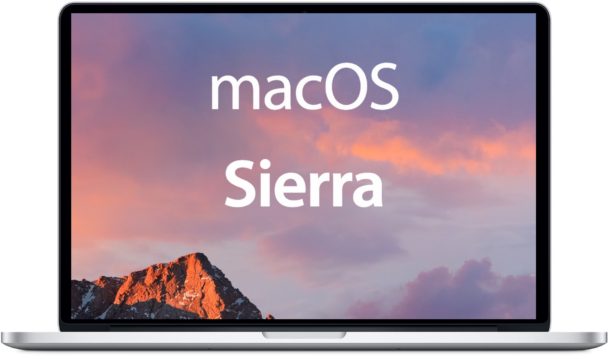

To celebrate this strainge release, Sierra Nevada will also kick off "Masters of Strainge"-a series of consumer masterclasses in unconventional and unique arts.


"It can transform high-quality ingredients into something magical." "I have always been fascinated by the alchemy of fermentation," said Sierra Nevada founder Ken Grossman, who has long been a hobby kombucha brewer himself. The ambiguity of that last statement is I did that awhile before writing this comment and I don't recall what I booted into first, only that it worked and was not hard to figure out what to do at that point.Strainge Beast hard kombucha is rooted in the craft brewer's love for the art and science of fermentation. Installation will continue, or you will boot into the OS or get the Recovery Utilities menu (where macOS can be reinstalled from or Disk Utilities run). If the recovery partition isn't present and valid, these instructions won't work.Ĭlick the 2nd entry, you should see (and then click): If the 2nd partition isn't the recovery partition, look under the paths in the list to see if one of them is it. The second PCI path is probably to the recovery partition, the one you need to boot from. The first PCI path in the list is probably the boot partition that doesn't contain bootable firmware. You should see two entries in a list (they are cryptic looking PCI bus paths). Select Boot Maintenance Manager and click.

You'll be brought into an EFI text-mode GUI. I was able to fix the UEFI problems as follows (credit to VirtualBox forum): After manually directing EFI to boot into macOS for the first time, macOS automatically fixed-up the boot partition, and subsequent boots worked properly.
#Flavors 2 for mac sierra iso
In my case, after installing macOS into a Virtual Machine according to these instructions (running macOS installer from an ISO downloaded from Apple), on first boot, the boot partition was present but unconfigured (probably no boot image installed). By now you may have surmised boot.efi is an EFI standard filename that lives at an EFI standard path in a disk partition, and it contains os-specific boot firmware (e.g. Ultimately, the objective is provide a boot partition that contains macOS boot.efi. Your immediate objective is to help EFI locate and execute os-specific boot firmware. However, assuming you have a macOS recovery partition on that disk, it should contain a copy of boot.efi (macOS-specific boot firmware) that you can boot into the OS with. UEFI requires intervention because EFI firmware on the Mac's motherboard cant find valid OS-specific EFI boot firmware in the standard location on disk.


 0 kommentar(er)
0 kommentar(er)
